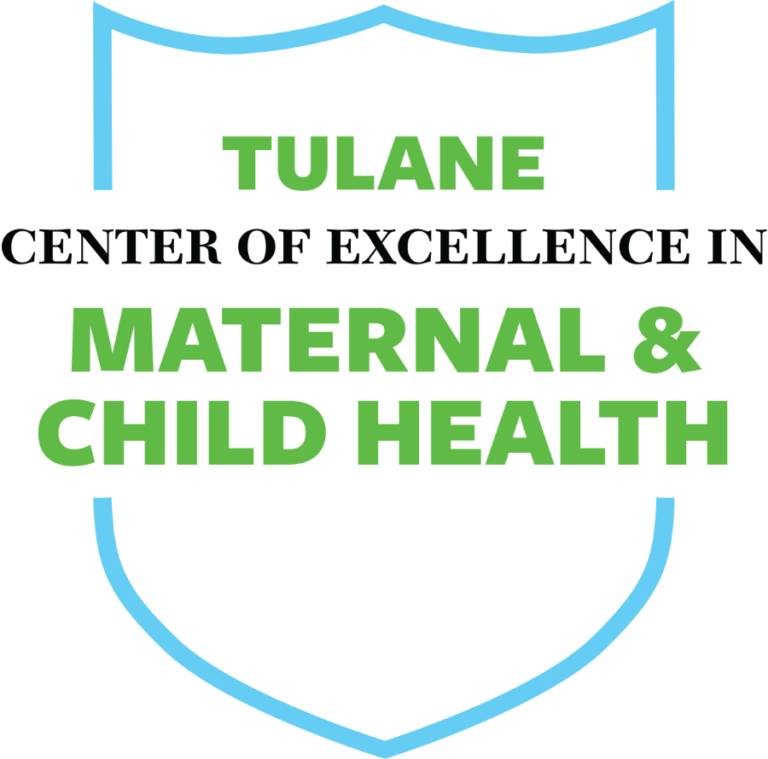Several of our MPH students attended the annual meeting of the Association of Maternal and Child Health Programs (AMCHP) in April, in Washington, D.C. What follows is a post from one of these attendees.
By Georgena Desrosier, BS
It was after checking in for my flight in January that I received the message that AMCHP was canceled due to a winter storm. I was sad since I have been waiting for two years to attend the conference. Amazingly, they were able to reschedule the conference. Now, having had the opportunity to go to AMCHP, I fully understood why it is such an important conference. AMCHP met all of my expectations and beyond. I was there for the whole conference and enjoyed every minute of it.
The Transforming Health Care for Adolescent and Young Adults: Improving Quality and Access through Innovation and Collaboration skills building session was very insightful. My takeaway points from this session were that adolescents and young adults need to be educated on how to access health care and understand health coverage. Public health can step in to help fill that gap through insurance literacy education. The health care system needs to create a bridge between pediatricians and primary care physicians to help these groups make a successful transition. The other skills building session I attended was Transforming Title V Program Activities and Workforce Development by Incorporating Telehealth Technologies. I already knew about telehealth from a previous project and how it was being used internationally to increase access to care. It has been incorporated in different areas such as maternal and child health, mental health, newborn screenings, and oral health. I learned about the various technologies needing for delivering telehealth.
Prior to the conference, working with America’s Health Rankings report, I was curious to know why Hawaii has been number one for four consecutive years. At the telehealth session, I had the chance to talk to some people from the Hawaii Department of Health. I was so excited about the opportunity. I learned that telehealth has played a part in reaching people in the remote islands who don’t have access to care. Hawaii also has a high health insurance coverage, and employers have to provide health coverage for eligible employees that are employed at least half-time.
Lastly, the other workshops I attended were how the language of maternal and child health has to shift to include fathers and adolescent. The Alameda County Public Health Department in California shows an excellent example of how that should look by naming their division Maternal Paternal Child Adolescent Health (MPCAH). The Life Course Theory has been integrated into this health department to help improve family health. Healthy families create healthy neighborhoods and communities. A transformation will occur in communities when the health care needs of all members of the family are met. Overall the conference was very beneficial and not only answered some vital questions but also equipped me with newfound knowledge that will assist in helping me to excel in my career goals.
Georgena Desrosier is a second-year MPH student in the Department of Global Community Health and Behavioral Sciences concentrating on Community Health Sciences with a certificate in Maternal and Child Health. She plans to graduate in May 2016. Her interests include community health, community engagement, child development, adolescent health, pediatric cancer, HIV, and women’s health. She also loves volunteering at her church and community, Zumba, watching football, and basketball.
